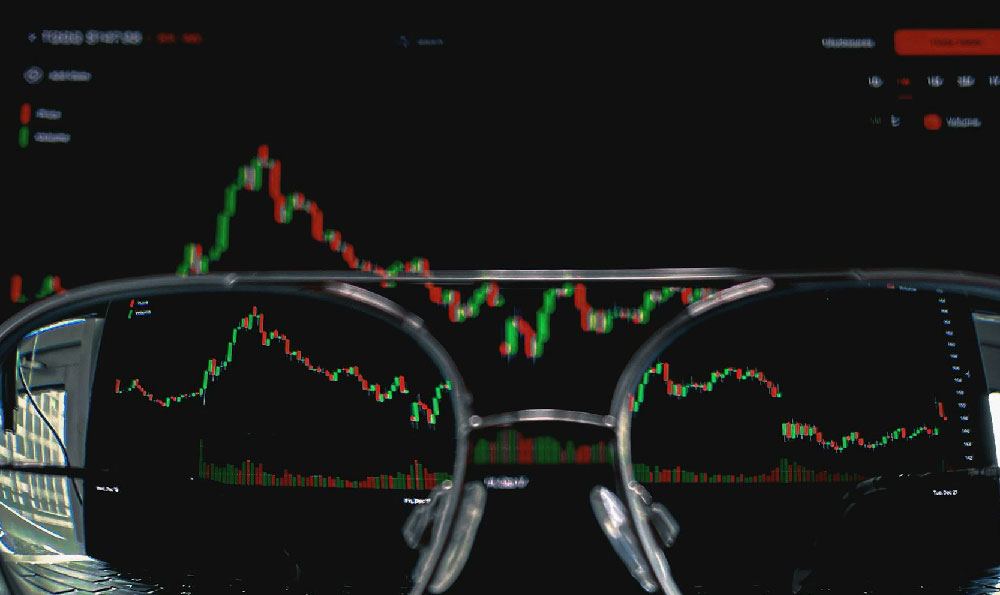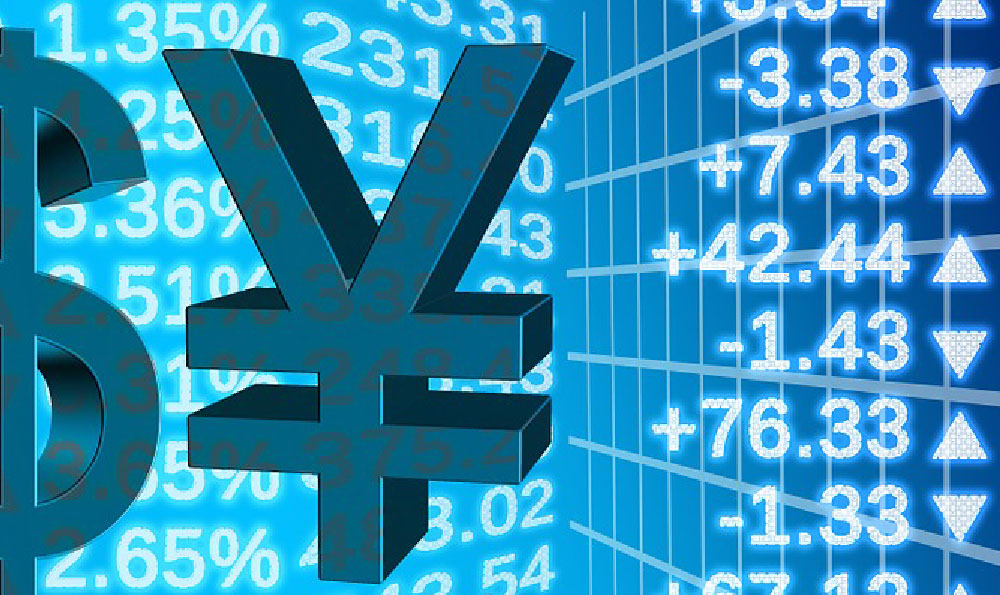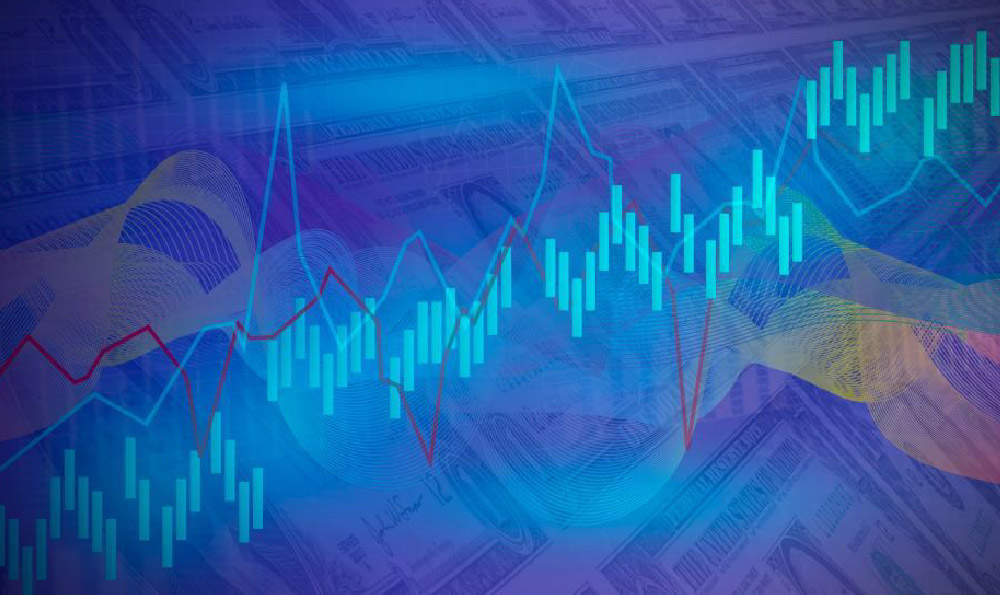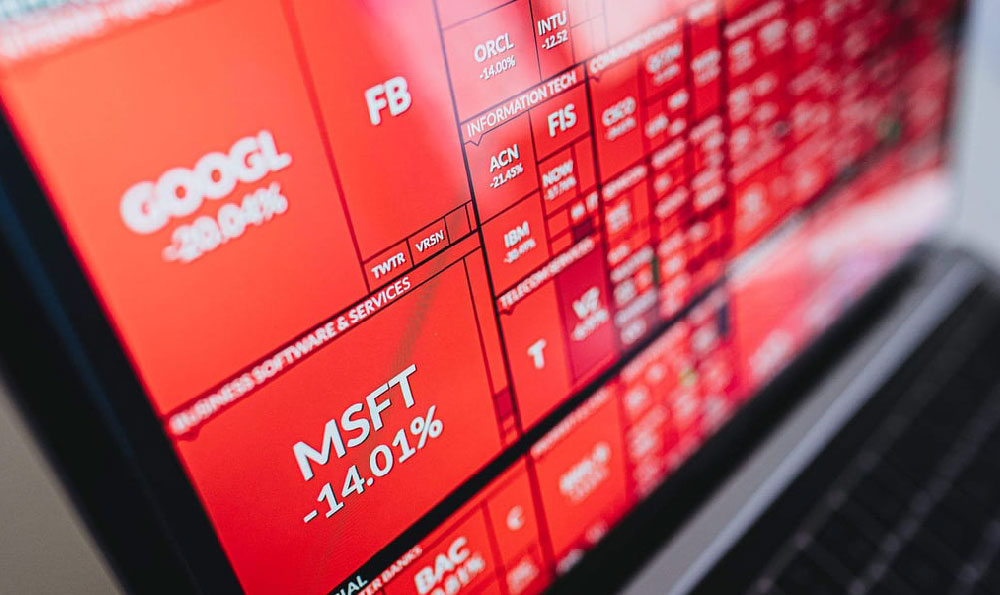Let's delve into the fascinating world of Shohei Ohtani's earnings and whether they are justifiable, considering the current economic landscape and his contributions to the world of baseball. To accurately calculate Ohtani's earnings per second, we need to consider several factors: his base salary, signing bonus (amortized over the length of his contract), and any endorsement deals. These figures fluctuate, but let’s operate under the assumption that his total annual income, encompassing salary, endorsements, and other ventures, is roughly $70 million.
Converting this into a per-second figure requires a few steps. First, we need to convert the annual income to a daily figure by dividing it by 365 (days in a year): $70,000,000 / 365 ≈ $191,780.82 per day. Then, we convert the daily figure to an hourly one by dividing by 24 (hours in a day): $191,780.82 / 24 ≈ $7,990.87 per hour. Next, we convert the hourly figure to a per-minute figure by dividing by 60 (minutes in an hour): $7,990.87 / 60 ≈ $133.18 per minute. Finally, we convert the per-minute figure to a per-second figure by dividing by 60 (seconds in a minute): $133.18 / 60 ≈ $2.22 per second. Therefore, based on these calculations, Shohei Ohtani roughly earns $2.22 per second.
The more complex question is whether this staggering amount is justifiable. Justification often rests on various factors, including market forces, the individual's contribution to society, and the value they generate for their employers and sponsors.
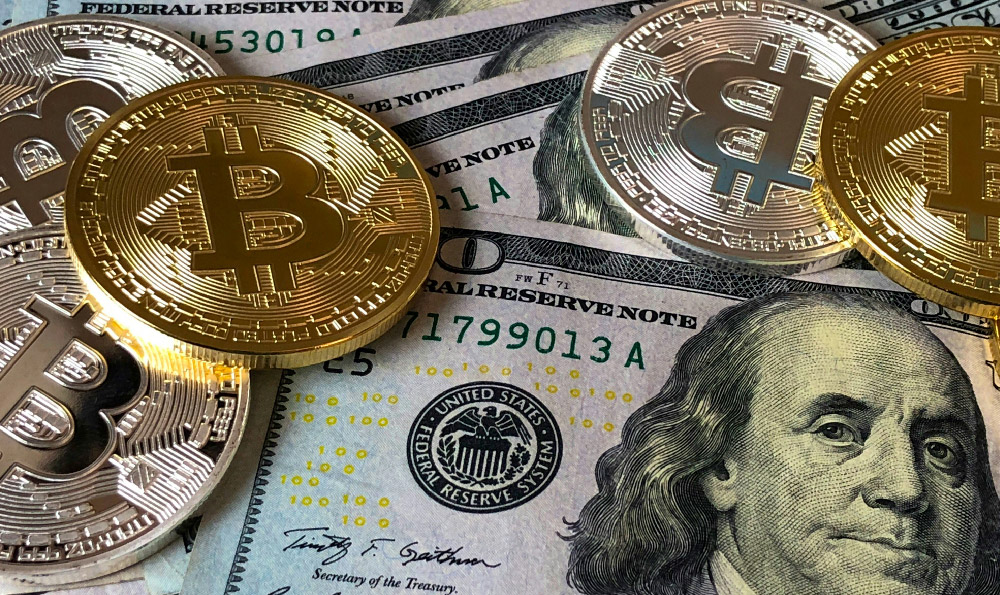
From a purely economic perspective, Ohtani's earnings are a direct result of supply and demand within the professional sports and entertainment industries. He isn't merely a baseball player; he's a global icon, a two-way phenomenon who excels both as a pitcher and a hitter, a feat rarely witnessed in modern baseball. This unique skillset makes him exceptionally valuable to his team, the Los Angeles Dodgers, and to Major League Baseball (MLB) as a whole. His presence undoubtedly attracts more fans to games, boosts television ratings, and increases merchandise sales. These increased revenues flow not just to Ohtani, but also to the Dodgers, MLB, and related businesses, creating a ripple effect throughout the sports economy. He is, in effect, an economic engine driving significant financial activity.
Beyond direct revenue generation, Ohtani's influence extends to brand building and cultural impact. He represents a beacon of athletic excellence and cultural integration. His popularity transcends geographical boundaries, attracting fans from Japan, the United States, and beyond. This global appeal makes him highly sought after by major brands eager to associate themselves with his image and values. Endorsement deals with companies like New Balance, Hugo Boss, and Kowa demonstrate his ability to resonate with a diverse consumer base, further solidifying his economic value.
Furthermore, Ohtani's contribution to the sport itself cannot be overlooked. He inspires aspiring athletes, captivates fans with his extraordinary talent, and elevates the overall quality of baseball. His unprecedented dual-threat ability has redefined the possibilities of the game, pushing boundaries and setting new standards for future generations. This inspirational impact has an intangible value that transcends mere financial metrics. The excitement and engagement he generates contribute to the long-term health and popularity of baseball.
However, criticisms of such high earnings are understandable, particularly in light of societal inequalities and the economic struggles faced by many. Critics often argue that such astronomical salaries are disproportionate to the contributions of essential workers like teachers, healthcare professionals, and first responders, whose services are arguably more vital to society's well-being. This comparison highlights the disparities in how different professions are valued and compensated, raising questions about the fairness of the economic system.
Another argument is that the wealth generated by Ohtani and other high-profile athletes could be better allocated to address social issues such as poverty, education, or healthcare. Some believe that a more equitable distribution of resources would lead to a more just and sustainable society. This perspective emphasizes the need for greater social responsibility and philanthropy among high-income earners.
It's crucial to remember that Ohtani's earnings are not solely determined by his athletic prowess. His agents and business managers play a significant role in negotiating contracts and securing endorsement deals. Their expertise in navigating the complex world of professional sports and marketing contributes to his overall financial success. In essence, Ohtani's earnings are the result of a collaborative effort involving his talent, his team, and his business advisors.
In conclusion, while the concept of someone earning $2.22 per second might seem excessive at first glance, a closer examination reveals the complex economic factors at play. Ohtani's unique talent, global appeal, and brand-building capabilities justify, from a market perspective, the extraordinary sums he earns. He is an economic engine, a cultural icon, and an inspiration to millions. While debates about income inequality and social responsibility remain valid, Ohtani's earnings are a reflection of the current economic system and the value placed on talent, entertainment, and marketing within that system. Justification, therefore, becomes a matter of perspective, balancing market forces with societal values. His earnings are a product of a system designed to reward exceptional talent and drive economic activity, even if those rewards appear disproportionate when viewed through a social equity lens.



